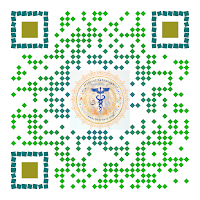Search This Site
About This Site
This platform offers a sophisticated visual tool designed to enhance the understanding of the origins, risk factors, and pathophysiological mechanisms of a wide range of diseases and conditions. Through its use of clear, concise visuals and data-driven illustrations, allow complex medical information to be presented in an accessible and engaging way. These infographics effectively bridge the gap between intricate scientific concepts and practical understanding, making them invaluable for conveying key insights into specific pathologies, therapeutic approaches, and broader healthcare paradigms. This resource is essential for those seeking to expand their knowledge in the medical and health sciences fields. Please note that the content provided here is intended for educational purposes only.
Satyendra Dhar
"The more I read, the more I acquire, the more certain I am that I know nothing."
Archive
-
►
2025
(6)
- ► April 27 - May 4 (1)
-
▼
2024
(44)
- ► July 14 - July 21 (1)
- ► June 16 - June 23 (1)
- ► May 12 - May 19 (3)
- ► April 28 - May 5 (1)
- ► March 24 - March 31 (1)
- ► March 3 - March 10 (1)
-
►
2023
(7)
- ► May 7 - May 14 (1)
- ► April 30 - May 7 (1)
-
►
2022
(80)
- ► August 14 - August 21 (11)
- ► July 31 - August 7 (46)
Translate
Total Pageviews












